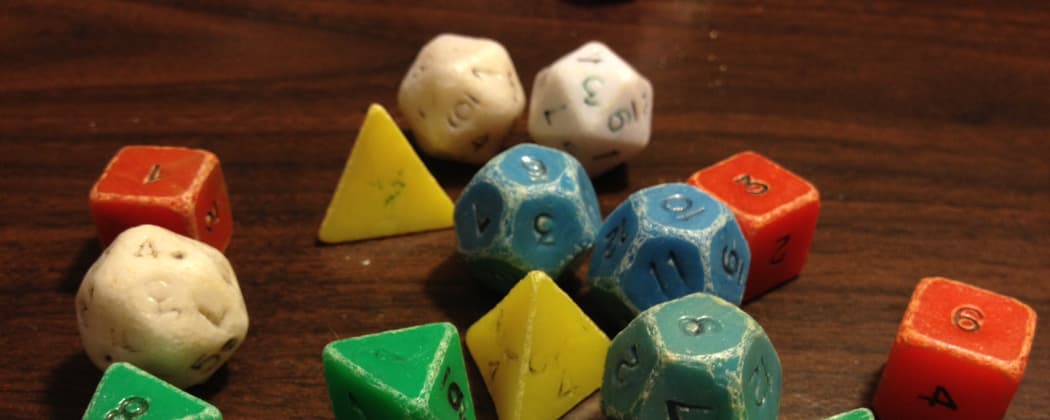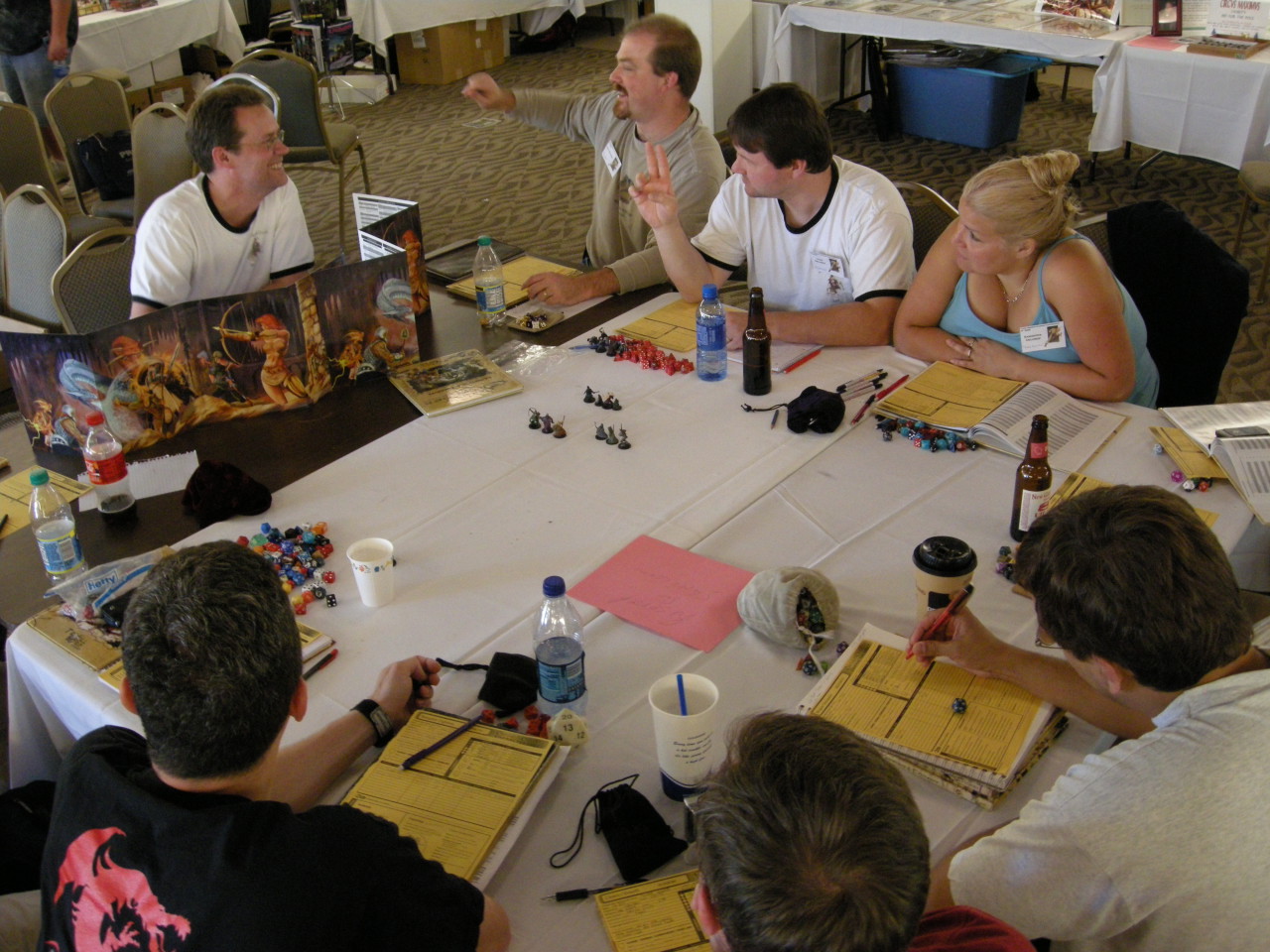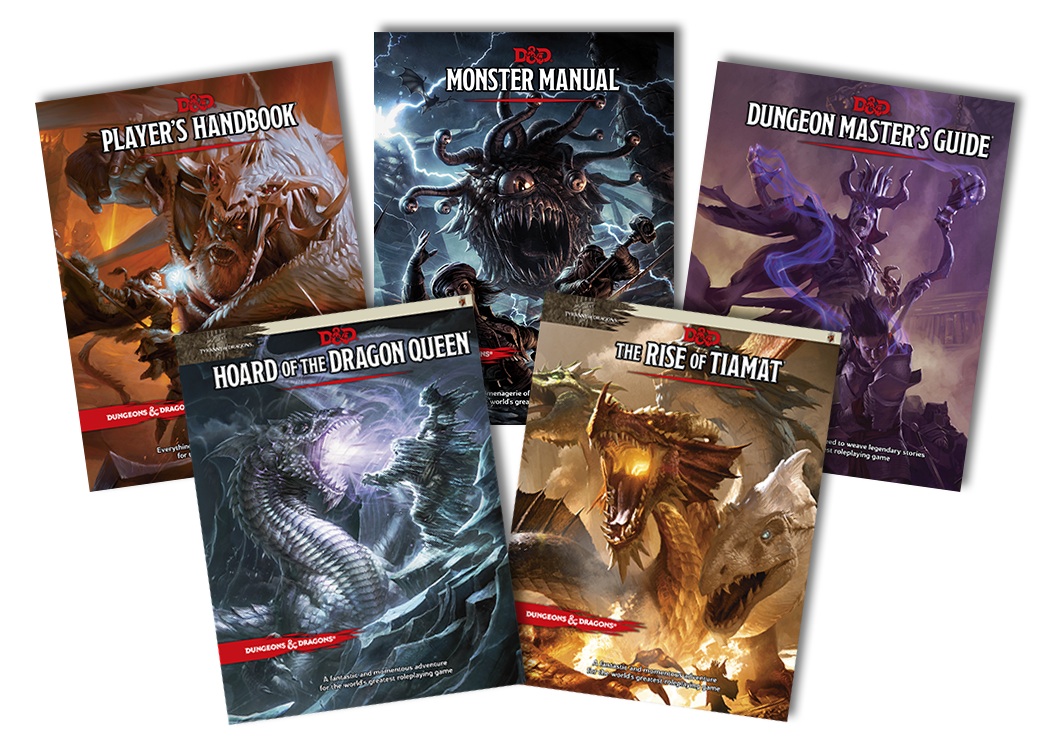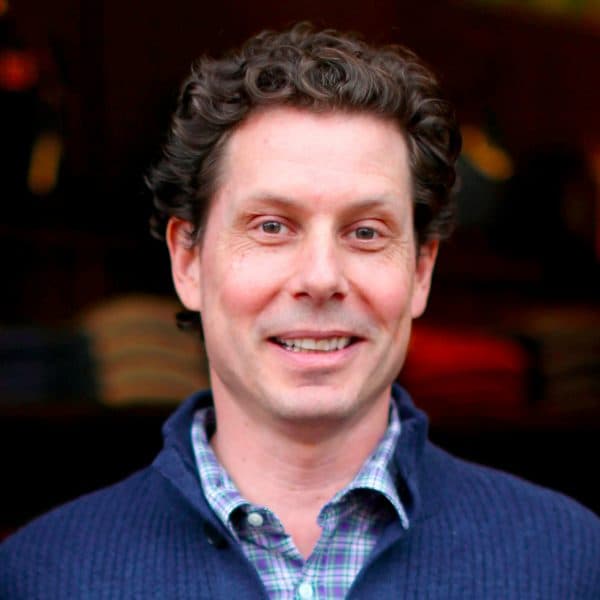Advertisement
How Dungeons & Dragons Became A Game Changer

If a gay couple, both policemen, are depicted playing Dungeons & Dragons in a mainstream movie, it’s safe to say that as a society, we have not only come out of the closet, but out of our nerdy dungeons and basements, too.
In the recent film “Love Is Strange,” a couple’s life is upended when they’re forced to sell their condo. Ben (played by John Lithgow) stays with family. George (Alfred Molina) crashes with another gay couple, two New York City policemen who live downstairs. The two subsequent scenes show that just as we’ve assimilated gay culture, we’ve also accepted the geekiest of geek culture—D&D—as the norm.
In one scene, Molina is schooled on the virtues of the hit TV program “Game of Thrones.” In the other, Molina walks in on the law enforcement officers’ Dungeons & Dragons gaming session. Not only are these cops gay, they’re 17th level nerds.

Like the fact of a gay couple living together and marrying, the D&D scene required no explanation. The groundbreaking role-playing game was presented as if it had always existed, a cultural force as obvious as video games, or football, or French cuisine. Not only has D&D become ordinary, it’s almost a cliché.
Which is great news for dork-kind. Especially this year, as D&D celebrates its 40th anniversary, we can see how the game has not merely survived the test of time. It’s influenced pop culture, even storytelling itself, in instrumental ways.
We would not have Call of Duty, World of Warcraft or even Candy Crush, were it not for D&D. The entire video game culture has borrowed heavily from the old-school fantasy game’s most basic concepts. The ideas of role-playing a single character; moving through an environment like a dungeon to confront foes, gather goodies and become more bad-ass; quantifying heath, strength and other attributes numerically; and beginning the game as a lowly minion and “leveling up” over time—all of these concepts would not have been possible without Gary Gygax and Dave Arneson, D&D’s creators, having dreamed up their game-play framework long ago.
You might even say that Hollywood would not have green-lighted movie and TV franchises like “The Hobbit,” “Harry Potter, “The Lord of the Rings” and “Game of Thrones” were it not for the yeoman’s work of D&D nerds. Since 1974, they’ve been popularizing the swords-and-sorcery genre and making it safe for a more mainstream audience. (That famous 2000 “Freaks and Geeks” episode, “Discos and Dragons,” where James Franco’s character learns how to play D&D, also helped the cause.)
I’d even argue that writers and consumers of narrative should be thankful for D&D, which has helped rescue storytelling from the forces of evil. Perhaps that’s an overstatement. But the game has made a huge impact on the way we value story and narrative today.
I played D&D back in what my nostalgia-tinged mind likes to call the “Golden Age.” Or perhaps it’s better described as the Sepia Age. Or the Aqua Graph Paper age. It was the later 1970s and 1980s and the cusp of digital culture was upon us—Apple II computers landed in some households, and video game arcades attracted some attention—but largely the idea of an avatar or online anything was foreign to most humanoids.
And into that void D&D was born: the perfect framework for the improv story told live, told fresh, told real. Former (and current) dorkwads who once spun these epic tales on Friday nights tapped into a powerful mojo. Immersed in frivolous tales of dragon-slaying, orc-slaughtering and other vicarious derring-do, D&Ders secretly saved the art of oral storytelling for posterity.
Why? Because D&D players and Dungeon Masters (the game’s referees) are also actors, writers and plot-spinners. They went on to populate Silicon Valley with programmers and tech wizards, and develop video games. They marched further onto Hollywood to make movies and host talk shows. Hence the long list of actors (Robin Williams, Mike Meyers, Stephen Colbert), writers (Sherman Alexie, Junot Diaz, George R.R. Martin) and directors and producers (Jon Favreau, Joss Whedon, Dan Harmon) who consider themselves alumni of the D&D School of Storytelling. I would not be surprised to learn that “Love Is Strange” director Ira Sachs also rolled some dice in his day.

D&D has influenced philosophers, academics, musicians, mathematicians and dreamers. There are CD compilations of D&D inspired music, and gallery shows devoted to D&D-inspired art, and people offering testimonials about how D&D made them better people (me included).
The core D&D experience is about heroic quests, fantastical outcomes and magic. But a game’s setting could be anywhere—from a post-apocalyptic wasteland 100 years from now, to a high school in 21st century America. (You can probably find role-playing games set in either of these worlds.)
And now we see not only the resurgence and widespread acceptability of the fantasy/sci-fi/horror/zombie/steampunk/pirate/etc. genre, but a whole generation flexing its storytelling muscle. We find it reflected in the Internet, and in the explosion of blogs and memoirs. We witness it weekly on NPR's "This American Life" and "This I Believe." We see it reflected in The Moth's "true stories told live" and other in-person storytelling series like "Stripped Stories," "Found," "Mortified" and more.
This ages-old storytelling tradition has been passed up from cave-people to jesters, warriors and peasants sitting around the campfire, and now to hipsters sitting in bars and weaving their own generational tales that have meaning for them. D&D helped make that happen.
Today, there are endless leisure time activities to get lost in. Video games offer richly detailed digital worlds. Chain stores and online retailers are at our command. Screens open portals to cross-platform narrative properties, instantly. These experiences are immersive and hard to resist. Meanwhile, our culture tells us our imagination is worthless, that we can't make our own entertainment anymore.
Dungeons & Dragons and other role-playing games say: “Yes we can.”
D&D has always tapped into a DIY-driven, non-corporate entertainment space. One that does not require Hollywood budgets or ranks of digital animators, renderers, story teams and publishing executives to make a story happen and deliver it to the masses. No Marvel-Disney-Star Wars-Hobbit-Hollywood-Madison Avenue juggernaut required.
In this regard, D&D is a radical game.
You don't need a book or movie or video game. You can be the bard, the storyteller, the actor, the world-builder. You can entertain yourself and your friends. Get out the Mountain Dew and Cheetos. Arm yourself with paper and pencil and graph paper. Roll some dice. Then gather around the fire of each other's imaginations.

On Tuesday, Nov. 25, at 7 p.m., Ethan Gilsdorf, author of “Fantasy Freaks and Gaming Geeks,” will be part of the event “Head-Banging, Dice-Rolling, and Summoning Demons: A Talk about Rock, Dungeons & Dragons, the Occult, and Philosophy” with Peter Bebergal (author of “Season of the Witch: How the Occult Saved Rock and Roll”) and Christopher Robichaud (editor of “Dungeons and Dragons and Philosophy”) at Pandemonium Books and Games, 4 Pleasant Street, Cambridge, Massachusetts.



